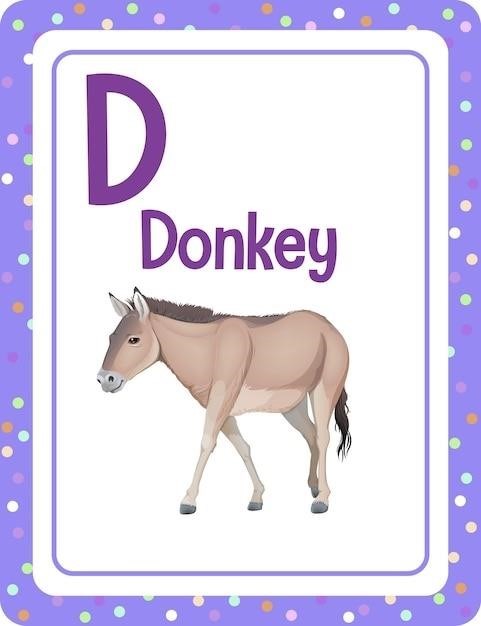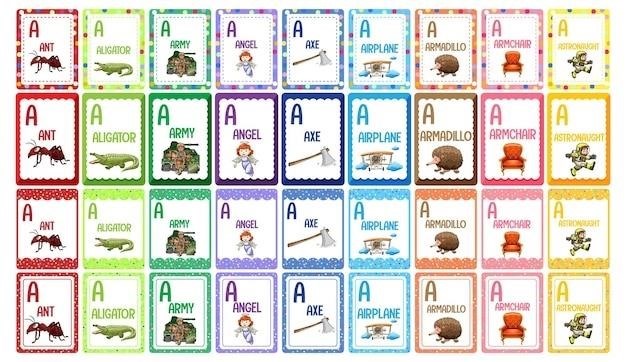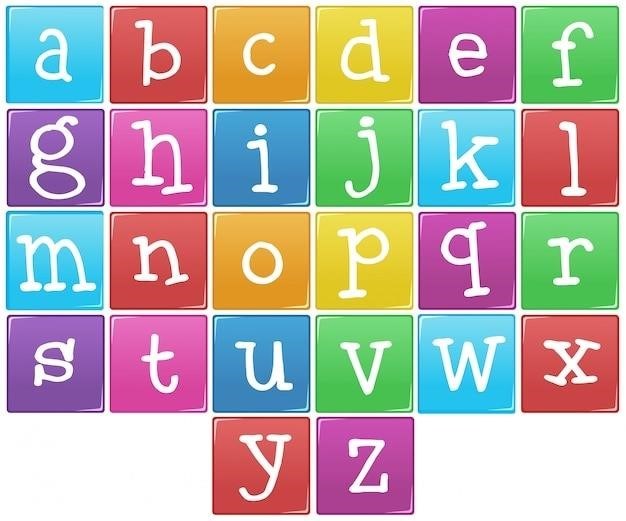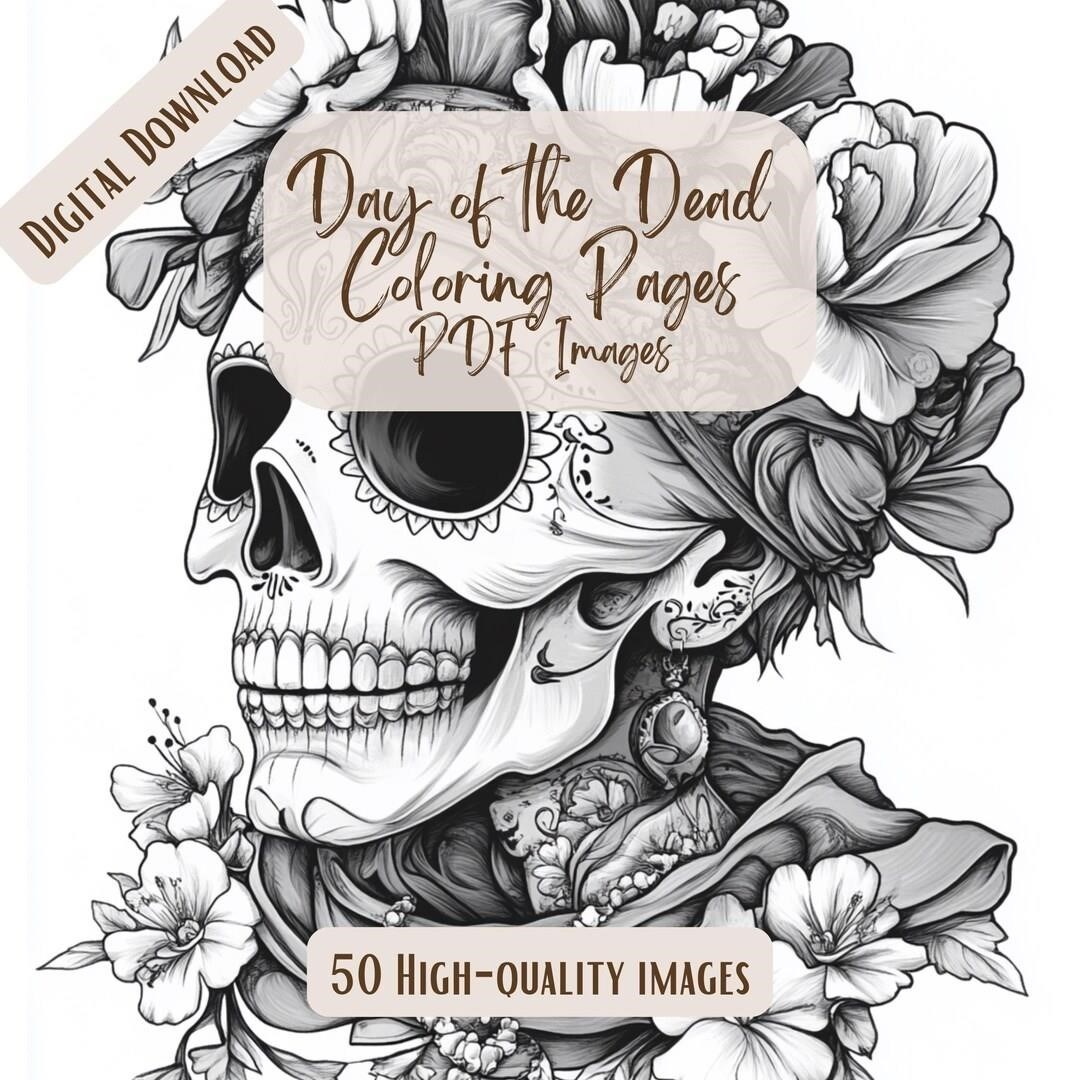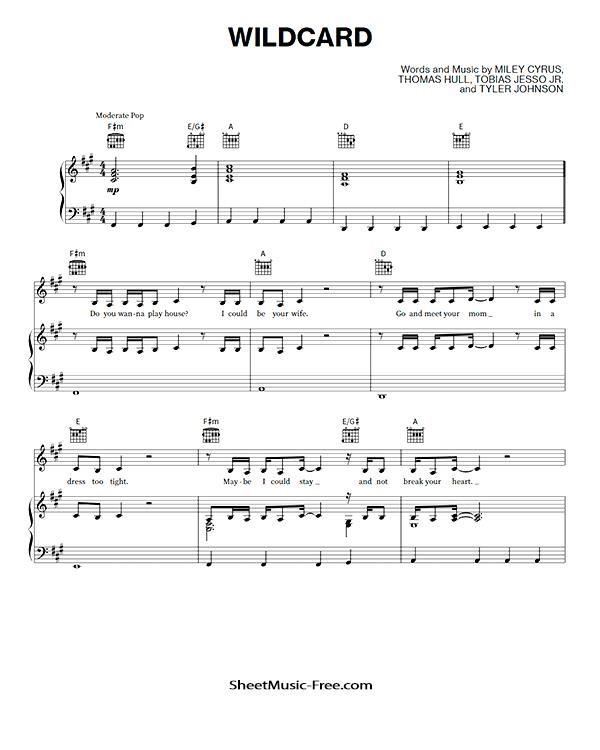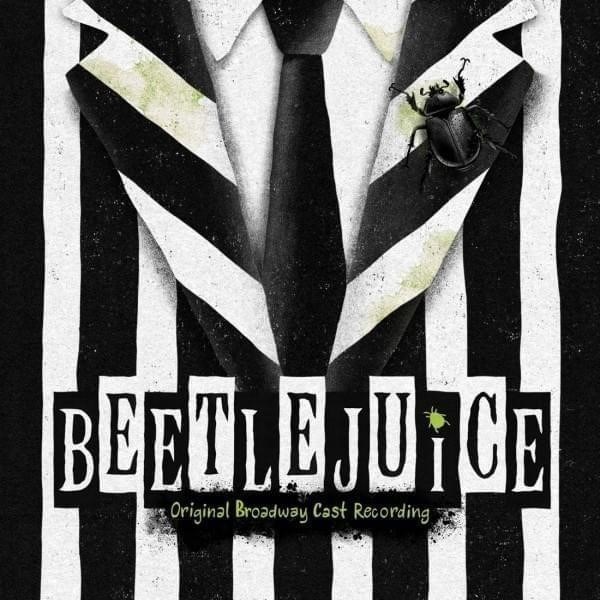Let It Snow Sheet Music PDF⁚ A Comprehensive Guide
This guide explores various resources for obtaining “Let It Snow” sheet music in PDF format. We’ll cover legal and ethical considerations, different arrangements, instrument options, and tips for finding and using free downloads, ensuring a smooth and enjoyable musical experience.
Where to Find Free Sheet Music
Numerous online platforms offer free “Let It Snow” sheet music downloads. Websites specializing in free sheet music often categorize pieces by instrument, genre, and skill level, making searches efficient. Many sites host user-submitted scores, expanding the variety available. Some platforms allow users to filter by criteria like difficulty or instrumentation, refining search results. Remember to check the terms of use before downloading; some sites might restrict commercial use or require attribution. Be aware that free sheet music may lack professional editing or may be of variable quality compared to commercially published versions. Always preview before printing. Public domain works or those with expired copyrights are readily available. Explore various websites dedicated to providing free scores, comparing options to find the best fit for your needs and skill level. Consider checking forums and online communities focused on music; these often feature links to free resources or discussions about specific arrangements. Remember to always respect copyright laws when using free sheet music.
Legal and Ethical Considerations of Free Downloads
Downloading free sheet music requires careful consideration of copyright law. While some older pieces may be in the public domain, many “Let It Snow” arrangements are still protected. Downloading copyrighted material without permission is illegal and unethical. Always check the licensing information provided by the website or the sheet music itself. Respecting the composer and lyricist’s rights is crucial; their work deserves recognition and compensation. Websites offering free downloads often have specific terms of use; read these carefully before downloading. Using free sheet music for personal use or non-commercial performances is generally acceptable, but unauthorized distribution or reproduction is illegal. If you intend to use the music commercially, you must secure the necessary permissions and potentially pay royalties. Understanding fair use principles can be helpful, but these are complex and depend heavily on the context of use. When in doubt, it’s best to seek the copyright holder’s permission or purchase legally licensed sheet music to ensure compliance.
Different Arrangements and Versions Available
The classic Christmas carol “Let It Snow” boasts a wide array of arrangements catering to diverse musical tastes and skill levels. From simple lead sheets ideal for beginners to complex orchestral scores, the options are plentiful. You’ll encounter various versions tailored for specific instruments, such as piano solos, guitar accompaniments, flute arrangements, and choral settings. Some arrangements might highlight the song’s jazz origins, incorporating improvisation and stylistic nuances. Others may offer a more straightforward, traditional presentation. The complexity can range from easy-to-play pieces suitable for students to intricate transcriptions demanding advanced musical proficiency. Consider the level of your musical skills when selecting an arrangement. Many websites offer multiple versions of the same song, allowing you to explore different interpretations and find the perfect fit for your needs. Searching for specific keywords like “easy piano,” “jazz arrangement,” or “vocal score” can refine your search results.
Sheet Music for Various Instruments
The enduring popularity of “Let It Snow” has led to a vast collection of sheet music arrangements for a wide range of instruments. Piano arrangements, both solo and ensemble, are readily available, catering to different skill levels from beginner to advanced. Guitarists will find numerous options, including lead sheets with chord diagrams for simplified playing, and more complex arrangements that incorporate fingerpicking or intricate melodies. For wind instrument enthusiasts, sheet music for flute, clarinet, saxophone, and other woodwinds is commonly found online; Brass players are not left out, with arrangements tailored for trumpets, trombones, and other brass instruments. String players can explore violin, viola, cello, and even string orchestra arrangements. The availability extends to other instruments as well, reflecting the song’s versatility and appeal to a broad spectrum of musicians. Whether you’re a seasoned professional or a beginner just starting your musical journey, you’re likely to find “Let It Snow” sheet music suitable for your chosen instrument.
Finding Sheet Music for Specific Artists’ Versions (e.g., Frank Sinatra)
Many artists have recorded their own renditions of “Let It Snow,” each with unique stylistic interpretations; If you’re seeking sheet music that faithfully reflects a specific artist’s version, such as Frank Sinatra’s iconic performance, your search requires a more nuanced approach. Simply searching for “Let It Snow sheet music” might yield generic arrangements. Instead, specify the artist’s name in your search query, for instance, “Let It Snow Frank Sinatra sheet music PDF.” This targeted search increases your chances of finding transcriptions that capture the nuances of that particular performance. Be aware that finding accurate sheet music for specific artist interpretations can be challenging. Transcriptions may be less readily available than standard arrangements, and their accuracy can vary. Some websites specializing in artist-specific transcriptions may require payment for access, while others might offer free downloads but with varying quality. Always preview available options and check user reviews before committing to a download to ensure the accuracy and quality align with your expectations.
Websites Offering Free Sheet Music Downloads
Numerous websites offer free sheet music downloads, but exercising caution is crucial. Reputable sites often feature a curated collection, sometimes requiring registration or a small donation. These platforms frequently provide a variety of arrangements, catering to different skill levels and instruments; However, be wary of sites offering an overwhelming number of free downloads without any apparent quality control. Such sites may contain inaccurate or incomplete sheet music, potentially hindering your learning process. Always check user reviews and ratings before downloading from lesser-known websites. Look for sites that clearly state their copyright policies and licensing information. Transparency regarding the origin and legality of their sheet music is a key indicator of a reliable source. Remember, free doesn’t always equate to high quality or legal access. Prioritize sites with active communities and user feedback mechanisms, as this suggests a more reliable and trustworthy resource for your “Let It Snow” sheet music needs.
Verifying the Legality and Quality of Free Sheet Music
Before downloading any free “Let It Snow” sheet music, verifying its legality and quality is paramount. Copyright infringement is a serious issue, and using illegally obtained sheet music can have legal repercussions. Look for websites that clearly state their copyright policies and licensing agreements. Sites offering music under Creative Commons licenses or with permission from the copyright holders are generally safe options. Scrutinize the quality of the sheet music itself. Check for errors in notation, missing pages, or inconsistencies in formatting. Poor-quality sheet music can lead to frustration and hinder your learning progress. User reviews and ratings can provide valuable insights into the accuracy and usability of a particular version. Compare different versions from various websites to ensure consistency. If discrepancies exist, it suggests potential inaccuracies. Remember, free sheet music does not always equate to quality. Sometimes, investing in professionally published sheet music might be more beneficial in the long run, especially for advanced players or serious performances.
Understanding Copyright and Fair Use
Copyright law protects the creators of musical works, including “Let It Snow.” Understanding copyright is crucial when downloading sheet music. Generally, downloading and printing sheet music for personal use is acceptable under the principle of “fair use,” but this concept has limitations. Fair use typically permits limited copying for educational purposes, criticism, or commentary, but it does not extend to commercial use or widespread distribution. Downloading and sharing copyrighted sheet music without permission is illegal. Websites offering free downloads often operate under Creative Commons licenses or have obtained explicit permission from copyright holders. Always check the license associated with any free sheet music to understand its permitted uses. Respecting copyright ensures that musicians receive credit and compensation for their work. If you intend to use “Let It Snow” sheet music for a public performance or any commercial activity, it’s essential to obtain the necessary licenses and permissions from the copyright holders to avoid legal issues.
Using Free Sheet Music for Educational Purposes
Free “Let It Snow” sheet music can be a valuable resource for educational settings, provided it’s used responsibly and ethically. Teachers can utilize freely available sheet music for classroom instruction, rehearsals, and student performances, provided the copyright and licensing terms are adhered to. Always verify the license associated with the sheet music; some free resources may only permit non-commercial use within educational contexts. Ensure that any use aligns with fair use principles, which typically allow limited copying for educational purposes, but not for mass distribution or profit. When using free sheet music, clearly cite the source and acknowledge the composer and arranger to uphold academic integrity. Incorporate the music into lesson plans, assignments, or assessments that focus on musical analysis, performance skills, or music theory. Remember that even free sheet music is protected by copyright, and unauthorized distribution or modification remains illegal. Using free sheet music responsibly supports both the educational mission and the rights of music creators.
Advanced Search Techniques for Specific Arrangements
Finding a particular arrangement of “Let It Snow” sheet music requires refining your search strategies beyond basic keyword searches. Instead of simply typing “Let It Snow sheet music,” specify the desired arrangement details. For instance, if you want Frank Sinatra’s version, include “Frank Sinatra arrangement” in your search query. Similarly, specify the instrumentation (e.g., “piano solo,” “vocal and piano,” “guitar tab”). Utilize advanced search operators like quotation marks (” “) to find exact phrases, ensuring precise results. Explore websites offering advanced filtering options, allowing you to narrow your search by composer, arranger, instrument, skill level, or style. Consider using multiple search engines or music-specific websites to broaden your search scope. If you know the specific publisher or arranger, include that information to pinpoint the correct version. Remember that using Boolean operators (AND, OR, NOT) can further refine searches, targeting very specific sheet music versions. By employing these advanced techniques, you’ll efficiently locate the precise “Let It Snow” arrangement you need.
Tips for Printing and Using Downloaded Sheet Music
Before printing your downloaded “Let It Snow” sheet music, review the PDF for clarity and completeness. Ensure all pages are present and the notation is legible. Choose high-quality printer settings for optimal readability, selecting a setting that prioritizes crispness and avoids blurry notes. Print on high-quality paper; thicker paper, such as cardstock, helps prevent the music from tearing during use. Consider printing double-sided to conserve paper, but confirm proper page alignment to maintain the score’s integrity. If you encounter issues with page breaks disrupting musical phrases, adjust the page scaling in your printer settings. After printing, carefully review the printed score for any printing errors. Organize the pages securely, using sheet protectors or a binder to prevent damage and keep the music clean. For best results, use a stapler or binder clips to secure multiple pages, especially if you’re using the music repeatedly. Proper handling and storage will ensure your “Let It Snow” sheet music remains in excellent condition for many performances.
